ken hull and I took a lightning trip down to virginia over the memorial day weekend, saw some small southern yellow ladyslipper plus some other wildflowers and orchids at an undisclosed location in the heart of the state. the ladyslippers were all in one large clump and were just over 100 flowers in the clump. we were told there were more within a few miles but didn't find them. it was beautiful weather and there were u-pick strawberries to be had but ken was driving and wasn't interested in stopping (grr). the ladyslippers had a different fragrance which I couldn't place, maybe like very old-fashioned perfume of some kind
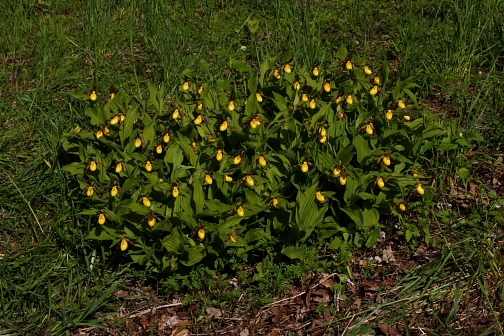
the whole clump was only maybe three feet across and mostly in full sun and on a fairly dry bank. ticks were to be found guarding the plants as well as the deer that ran away as I found the plants
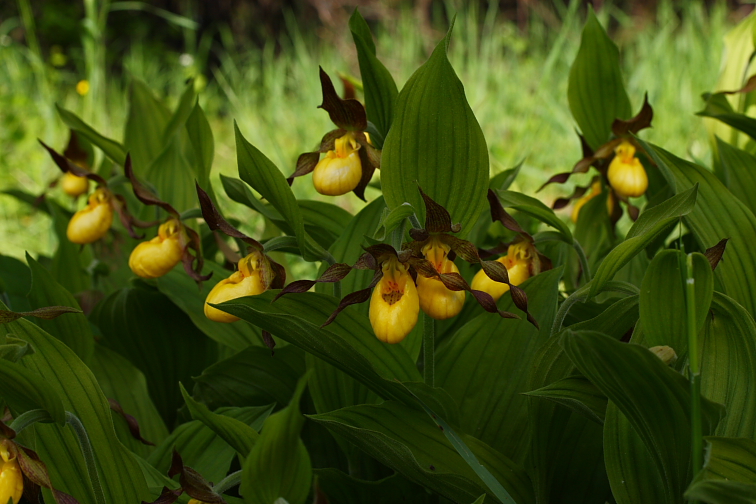
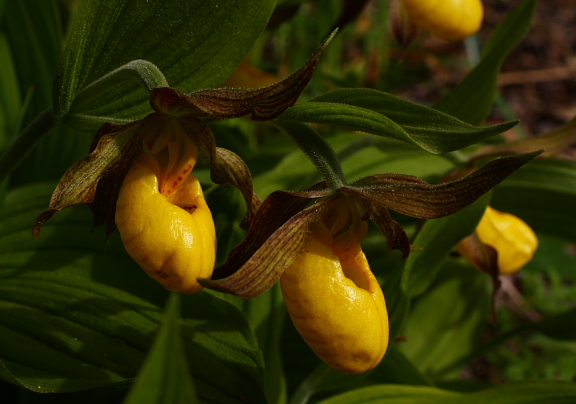
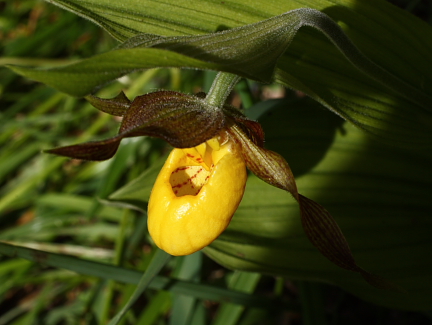
trying to show the top and inside lip color
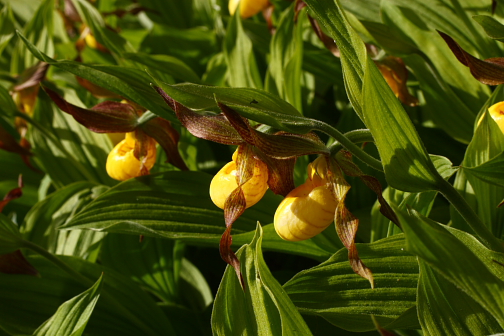
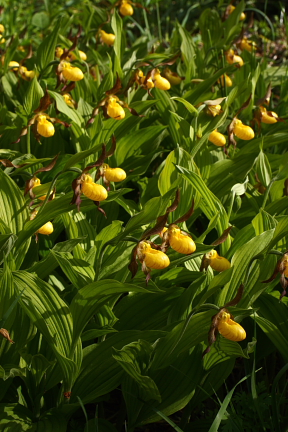
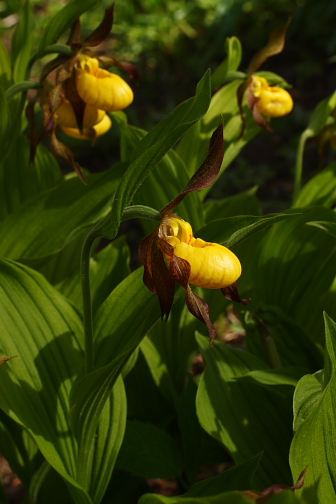
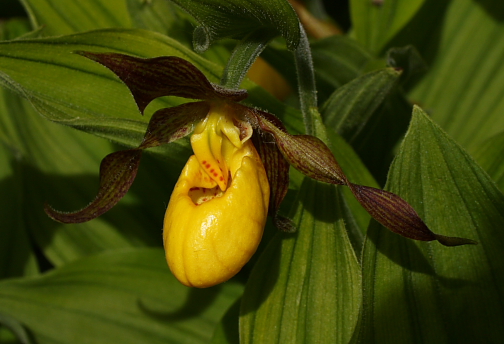
----------------------------------------------------------------------------------------------
also were some wildflowers we found, ken knew what they all were
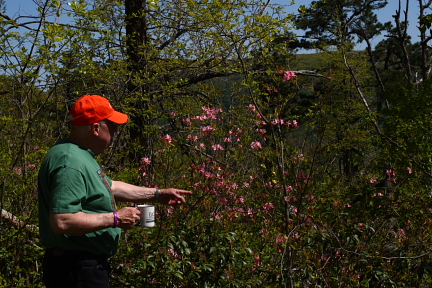
ken pointing out the edible fruits on the pink azalea
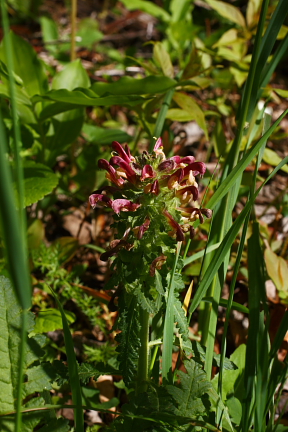
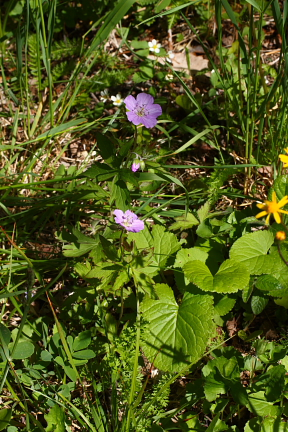
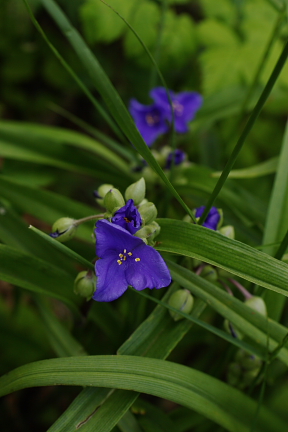
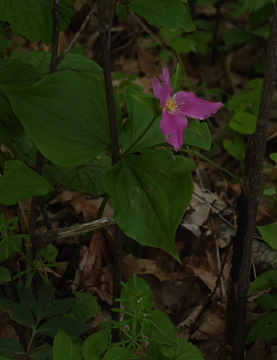

the whole clump was only maybe three feet across and mostly in full sun and on a fairly dry bank. ticks were to be found guarding the plants as well as the deer that ran away as I found the plants



trying to show the top and inside lip color




----------------------------------------------------------------------------------------------
also were some wildflowers we found, ken knew what they all were

ken pointing out the edible fruits on the pink azalea








